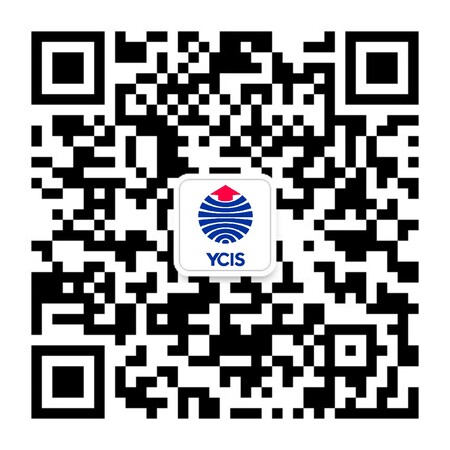Go Back
News
News
Cross-Campus Chinese Reading Activity Highlights
News
16 Apr, 2023
10 : 17
In a recent post, we introduced the exciting cross-campus Chinese reading project our campus held with YCIS Chongqing and Yew Wah Lingang. This time we will take a closer look at the special work our Year 9 students engaged in in their Chinese lessons based on the classic ‘The Alchemist’ by Paulo Coelho.
Reflections: Audiobook Review
After reading ‘The Alchemist’, students were tasked with creating their own text analysis based on their favourite portion of the book. Students first recorded their text analysis and then made these audio files accessible to the whole school community by displaying them as QR codes on posters. One of our Chinese teachers, Ms. Eleanor Liu, explains how audio activities can be a great learning tool as “they allow our students to immerse themselves in the world of the book characters to understand the protagonist’s personality and to follow plot twists. This reading activity not only provoked the students’ own thoughts and reflections but also enriched the audience's perceptions of the book.”
Fictitious Pen Pals: Creative Writing
Placing themselves in the role of the protagonist, the young shepherd boy, or in the role of the shepherd boy’s friend, our students were able to let their imagination and creativity soar as they drafted letters from these unique perspectives. The letters were written under the assumption, contrary to the novel, that the character’s fate as a treasure hunter does not have a fortunate outcome. Our Year 9 Chinese teacher, Ms. Anna An elaborates, “Through this particular activity, students practised the genre of letter writing while deepening their understanding of the book and its characters. The students loved exchanging their letters with students from the other campuses and through the correspondence, a constant flow of information, ideas and emotions evolved.”
This cross-campus reading project amplified the joy of learning through new personal connections and thought-provoking ideas and different perspectives which bolstered the students’ own understanding and interpretations of this piece of literature.











